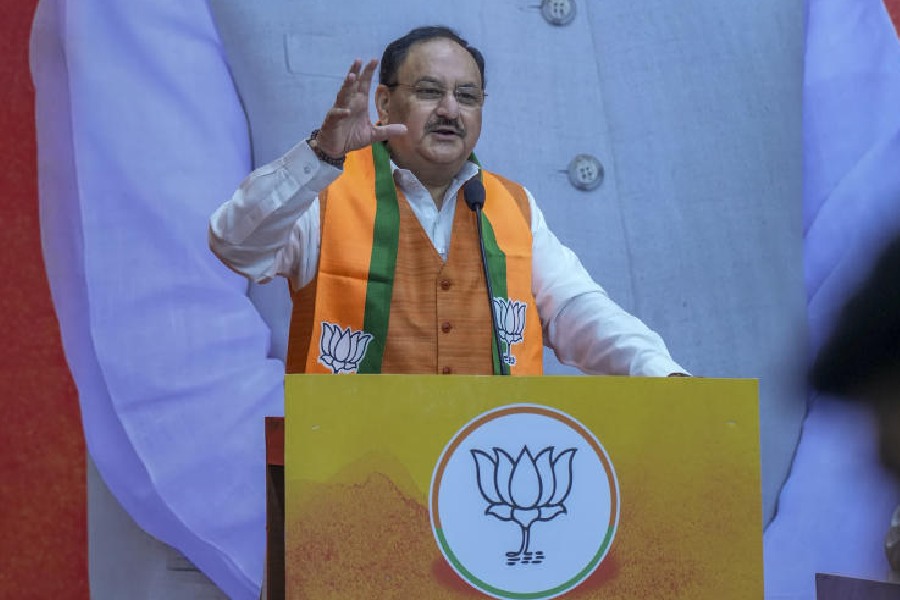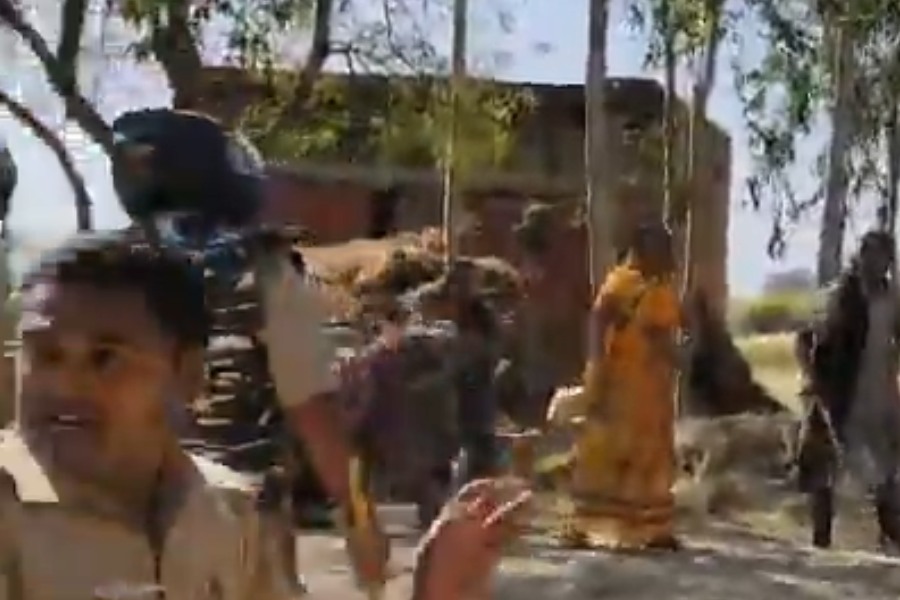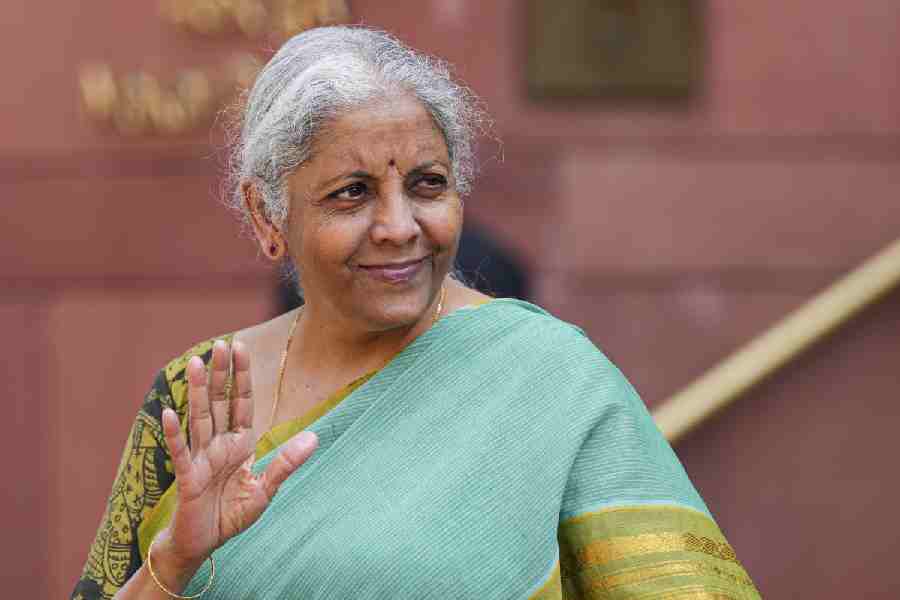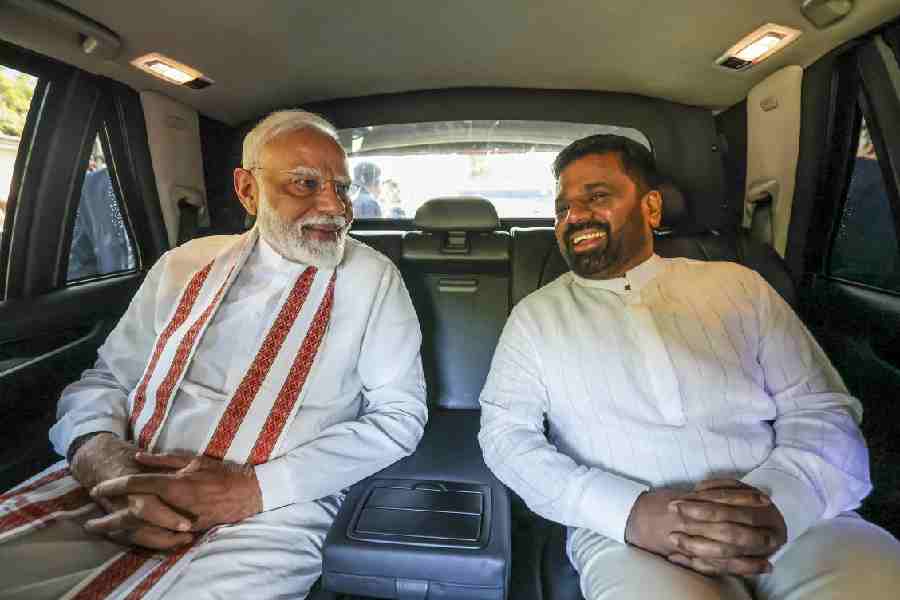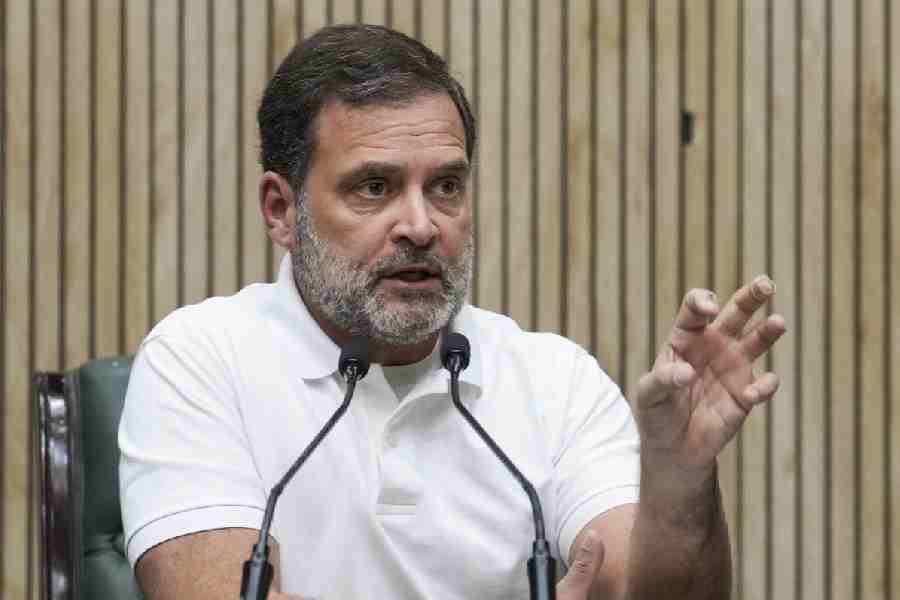 |
Cotton College was established in Guwahati in 1901, opening the doors of higher education to the students of Assam. However, it took nearly 28 years for the women to be admitted here. Till the forties, enrolment of women in Cotton College was not satisfactory. The idea of women studying with male students was not acceptable in the tradition-bound Assamese society. But changes were soon to follow.
As part of the freedom movement, Mahatma Gandhi gave a clarion call for the emancipation of women. And following a visit by the Mahatma to the state, a branch of the All India Women’s Conference (AIWC) was set up in Guwahati.
During 1937-38 its secretary, Rajabala Das, also the headmistress of Panbazar Girls’ High School, proposed setting up a college exclusively for girls in the region.
The proposal was discussed threadbare in the Guwahati meeting of the AIWC, but because of resource constraints and the lukewarm attitude of a section of the society, the proposal did not fructify. Rajabala Das, a true visionary, did not, however, give up hope.
She mobilised funds through the AIWC to construct the first-ever girls’ hostel in the town for the students of Cotton College. Now she took up the task of establishing a girls’ college as a mission.
Rajabala Das was greatly inspired by two factors. The success of Lady Keane Girls’ School in Shillong, which was elevated to the status of a college in 1935, convinced her to start a similar venture in Guwahati immediately.
Further, during the visit of Subhas Chandra Bose to Guwahati in 1938, as secretary of the AIWC’s Guwahati branch, she met Netaji. The role of women in nation-building was discussed at the meeting.
Bose emphasised the need for women’s education and told Rajabala, “Somebody somewhere has to come forward. The ladies have to shoulder equal responsibility of nation-building and therefore their education is not only necessary, it is a must. Our ladies must kindle the spark within.”
Immediately thereafter, Das sought the permission of the managing committee of the Panbazar Girls’ High School to open a college for girls. All agreed, except the deputy commissioner, who felt “it is too premature to open a girls’ college.” However, after some persuasion, the DC gave in. It was decided that the classes would start in the rooms of Panbazar Girls’ School.
A governing body was set up with advocate Haliram Das for “Guwahati Girls’ College” as the college was initially named. Rajabala was appointed principal, without any salary.
Then started the Herculean task of recruiting students. Das and other members of the governing body had to practically go from door to door to convince the girls to join the college, but response was very poor. Hemo Prova Das, Bisweswar Sarmah and Nalini Dasgupta tried to mobilise public opinion for women’s education, but only two students could be enrolled (unlike in Lady Keane of Shillong, which had started with 14 students).
Bani Barua and Basanti Lahiri earned the distinction of being the first two students of this college who were admitted in the IA class in 1939. In 1940, the number of students rose to eight and in the third year, 34 students enrolled. The college was affiliated to Calcutta University in 1940.
Initial birth pangs over, the new baby had to stand on its own feet. Efforts were made to mobilise funds by printing one-rupee, five-rupee and 10-rupee donation coupons.
On J.C. Das and S.K. Bhuyan’s request, Radhakanta Handique, a tea planter with a scholastic bent of mind, came forward and donated a sum of Rs 10,000 immediately. Handique who had translated the Bhagavad Gita and some commentaries on the Upanishads into Assamese, promised a further sum of Rs 45,000 for constructing the college building.
Though money was assured, land acquisition became an urgent necessity. But as World War II broke out, nearly all schools, including Panbazar Girls’ School, were requisitioned by the army. Classes had to be closed, but Rajabala Das knew a temporary closure at the very beginning might lead to permanent one. She spoke to the Salesian sisters of St Mary’s School, Guwahati, to allow them to use the premises. The authorities of St Mary’s School agreed to this.
Thus in 1942, the college was shifted to St Mary’s School premises. But later, when the school was also served with a notice of requisition, the college was shifted to a private home in Panbazar.
By 1942, some girls from outside Guwahati also joined the college. Rajabala Das and her husband J.C. Das had a few houses in Nathan Road (now Dr J.C. Das Road of Panbazar).
Two of their houses were converted into hostels for these girls. Das pleaded with R.K. Choudhury, then education minister of Assam, for a permanent plot of land. Choudhury arranged for a plot of six bighas facing the picturesque Dighalipukhuri by the side of Cotton College, along with a professor’s bungalow (which was used by Prof. Thomson).
The money promised by Radhakanta Handique also came, and instituted a scholarship. The college then was rechristened R.K. Handique Girls’ College. The rest is a story of growth and success.
Among the stewards of the college, Rajabala Das assumed the charge of founder-principal from July 1939. By 1965, when she went on superannuation, the college had an average of 1,200 students on its rolls.
S,C. Goswami, Ahmeda Rasul, R.K. Barua, P. Barua, Saraju Das and Gagan Chandra Baruah served as principals in this seat of women’s education.
Great service has been rendered by Prof. Atul Dutta and Bangahidar Das of Cotton College in establishing the science section. The British government took over the college, giving it the same status with Cotton College in 1945. However, in 1947, the Indian National Congress government in Assam disapproved of the idea. It was converted into a government-aided college in 1948.
At the dawn of the 20th century, the concept of women’s education did not receive popular attention in Assam. It is surprising to note that Cotton College took 28 long years to produce its first two women graduates (1929).
However, the opening of Handique Girls’ College truly opened the floodgates of women's higher education in the Brahmaputra valley. The college now has 4,000 students on its rolls including in the post-graduate classes. A 100-strong faculty members serve to the best of their ability to uphold the tradition of the college.
Dipankar Banerjee


